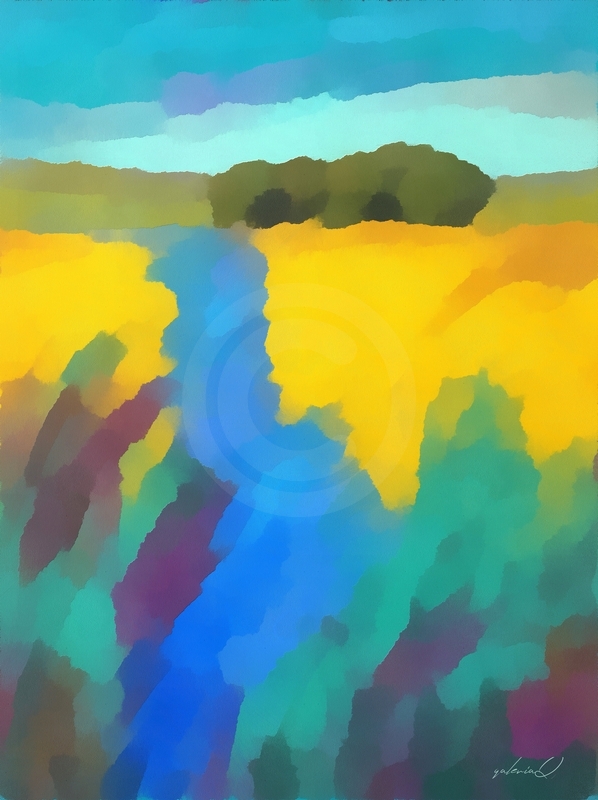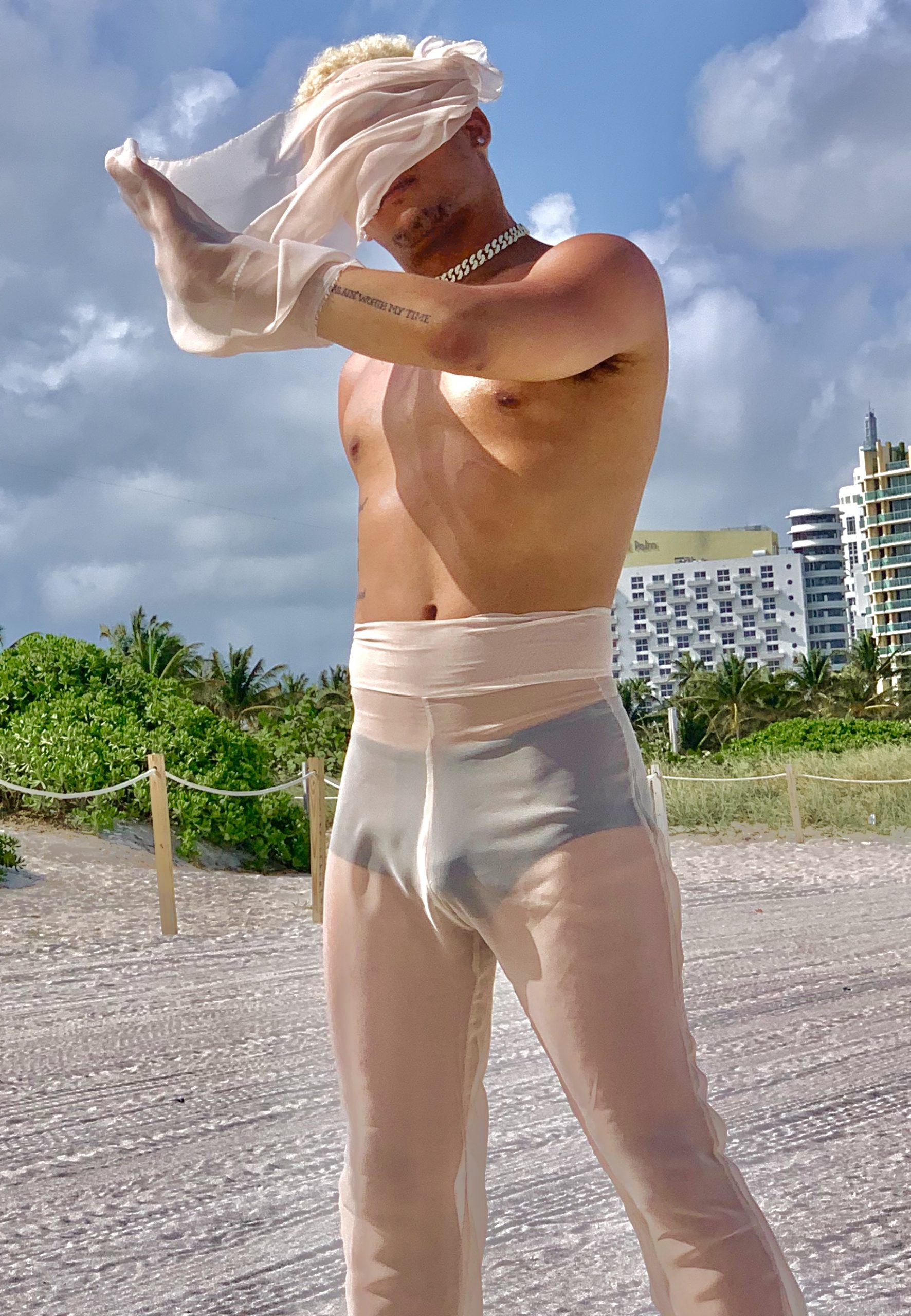Abstract Expressionism Art was the first art movement that had its base in America. Read this article to know more about abstract expressionism art.
“The method of painting is the natural growth out of a need. I want to express my feelings rather than illustrate them.” ~ Jason Pollock
What is abstract expressionism art? Abstract expressionism is a style of painting that started during the early 1940s after the world war II. Although it originated in New York during the second world war, its influence comes from the much earlier art movements of surrealism and cubism. In this form of art, the artist expresses his art through vivid use of colors and bold brush strokes. During this art movement the artist depicted powerful images and believed in freedom of individual expression. You might like to know more on art appreciation.
Abstract Expressionism Art History
The artists of abstract expressionism art movement were a group of very diverse individuals who came together in New York’s Greenwich village. The key artists of this movement were Jackson Pollock, Mark Rothko, Barnett Newman, Lee Krasner, Mark Tobey, Kenneth Noland, Robert Motherwell, Franz Kline and William de Kooning. Although their works greatly vary; from the brooding melancholic works of Rothko to the more flamboyant pieces of Pollock, they all are termed as abstract expressionism art. It promoted the painting of abstract work instead of any representation. This new movement was greatly criticized by the critics who considered it to be too avant garde due to its lack of figuration and bold brush strokes. Due to the depression and crisis brought on by the second world war, the artist wanted to depict human vulnerability. You might like to know about famous paintings and famous painters.
Abstract Expressionism Art Movement
Several artist during the period of The Abstract Expressionism Movement, started experimenting with different shapes and color. They broke away from conventional styles of painting and painted huge canvases in blue, orange, red or other bold colors. The Abstract Expressionism Art Movement is characterized by splattering of paint and powerful brush strokes. The artists of this period preferred larger canvases that were positioned on the floor over canvases that were easel bound and moderate. The focus of this art was not in mere portrayal of objects but the expression of emotions. There was in fact an almost aggressive application of paint which in turn created a highly intense and dynamic imagery. Jackson Pollock created a revolutionary new technique of splattering and pouring thinned oil paint into a canvas laid on the ground instead of being supported by easels. Read more on art history, styles & movements of western art.
Broadly speaking, the Abstract Expressionism art was of two streams – Color Field Painting and Action Painting. Color field painting developed during the early part of 1960’s and involved creating art which was based on simplified, larger than life color dominated fields. The compositions of works were huge colored areas with no recognizable forms or signs. It was simply put, reflective and deeply impactful. The goal of the artist was to create a work of art that was sublime and ethereal rather than plain beautiful. Rothko in particular painted soft blurring rectangles of luminescent color which never failed to impress the viewer. In addition to Mark Rothko, Ellsworth Kelly and Helen Frankenthaler were some painters associated with this type of painting. Action Painting was a painting stream that arose prior to Color Field Painting (between the 1940s and 1950s) and was practiced by artists such as Jackson Pollock, Willem de Kooning and Franz Kline. Read more on
- Oil Painting – Here
- On Surrealism and Dali
This movement peaked between 1942 to the mid 50s. It shifted the focus of the art world from Paris and Europe to America. The abstract expressionism art greatly influenced new generations of artists who created their own art based on their individual expressions. By the late 1969s the interest in abstract expressionism art movement began to wane and new movements such as minimalism and pop art strongly began to influence the art community.



